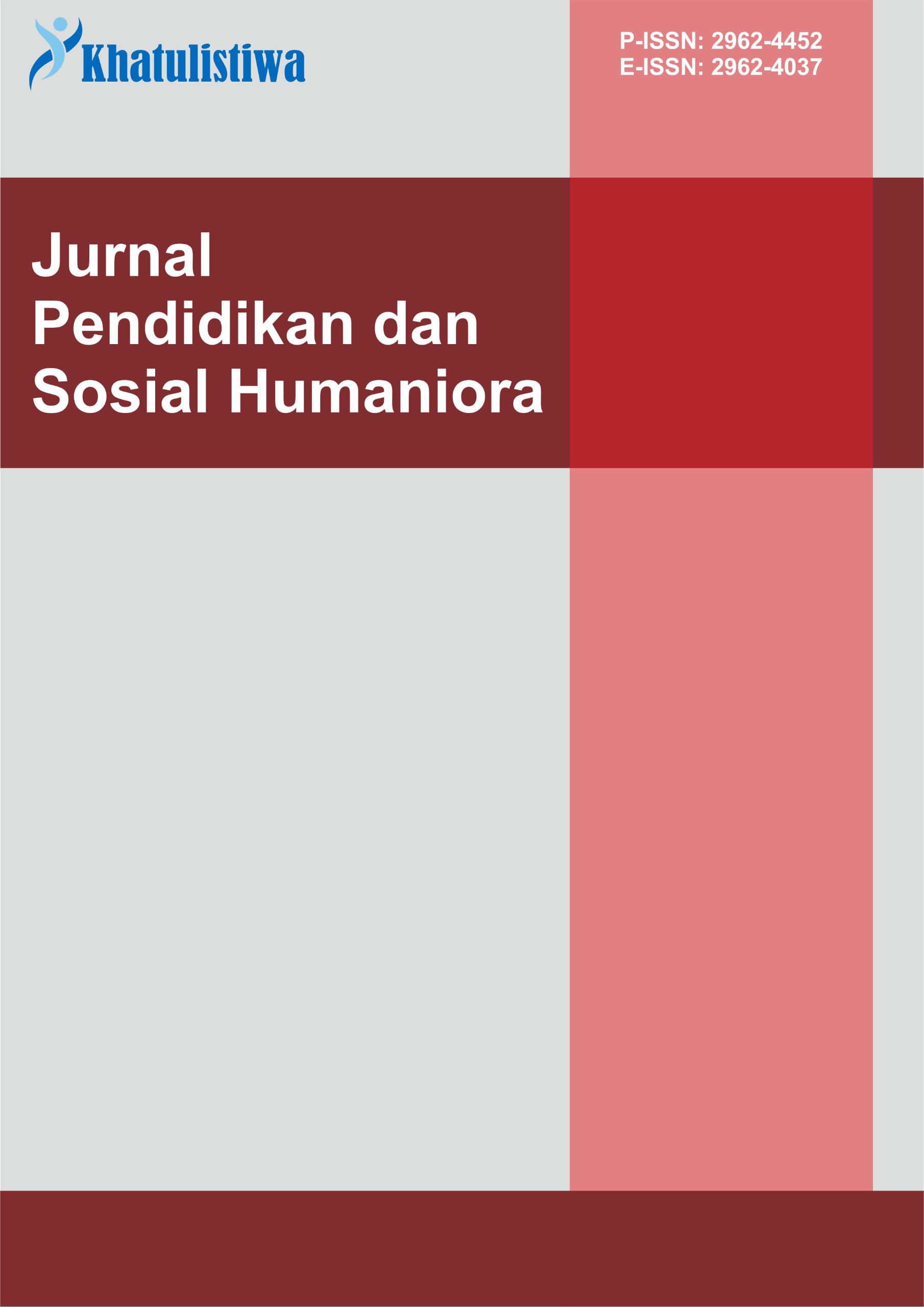Anak Jalanan di Kota Makassar dalam Perspektif Antropologi
DOI:
https://doi.org/10.55606/khatulistiwa.v5i4.7477Keywords:
Anthropology, Makassar City, Street ChildrenAbstract
This study examines the dynamics of street children's lives in Makassar City through an anthropological approach, highlighting how social and cultural structures influence their identity and behavior. Street children are not only understood as victims of poverty, but they are a social group with their own unique value systems, norms, and internal structures. They form an informal community that demonstrates solidarity, social cohesion, and their own way of life. This study adopts Anthony Giddens' theory of “structuration” and James C. Scott's theory of “resistance” to explain the position of street children as active agents whose daily lives are not only shaped by social structures but also reflexively reproduce and transform these structures through their actions and the power they hold against state dominance, such as symbolic actions and the use of urban space as a arena for negotiating their identities.
References
Bappenas. (2020). Strategi nasional penanganan anak jalanan. Kementerian Perencanaan Pembangunan Nasional/Bappenas. https://www.bappenas.go.id/files/4515/8047/2264/Stranas_Anjal_2020.pdf
Departemen Sosial RI. (2007). Pedoman pembinaan anak jalanan. Direktorat Rehabilitasi Sosial Anak, Departemen Sosial RI.
Hartini, T. (2018). Faktor-faktor yang mempengaruhi anak menjadi anak jalanan. Jurnal Pendidikan dan Konseling (JPDK), 1(1), 44–50. https://doi.org/10.31004/jpdk.v1i1.105
Herawati, H. (2016). Pendekatan sosial dalam penanganan anak jalanan. Jurnal Ilmu Kesejahteraan Sosial, 17(2), 77–88. https://ejournal.unesa.ac.id/index.php/jurnal-ilmu-kesejahteraan-sosial/article/view/23456
Kamrin. (2022). Kehidupan sosial anak jalanan di Kota Makassar. Journal on Education, 5(1), 890–897. https://doi.org/10.31004/joe.v5i1.697
Mardiyati, A. (2015). Gelandangan pengemis dan anak jalanan dari perspektif sosial budaya. Dalam Prosiding (hlm. 79–108). [Informasi penerbit tidak disebutkan].
Muslimin, A. A. (2015). Perilaku sosial pengemis di Kota Makassar [Skripsi tidak diterbitkan]. Universitas Negeri Makassar.
Riyanda, R. (2017). Kebijakan program pembinaan penyandang masalah kesejahteraan sosial (PMKS) anak jalanan (kajian kasus di beberapa daerah). Jurnal Dialektika Publik, 16–29.
Situmorang, M. (2019). Perlindungan anak jalanan dalam perspektif hak asasi manusia. Jurnal HAM, 10(2), 115–128. https://doi.org/10.30641/ham.2019.10.115-128
UNICEF Indonesia. (2017). Children in street situations. https://www.unicef.org/indonesia/reports/children-street-situations
Downloads
Published
How to Cite
Issue
Section
License
Copyright (c) 2025 Khatulistiwa: Jurnal Pendidikan dan Sosial Humaniora

This work is licensed under a Creative Commons Attribution-ShareAlike 4.0 International License.








